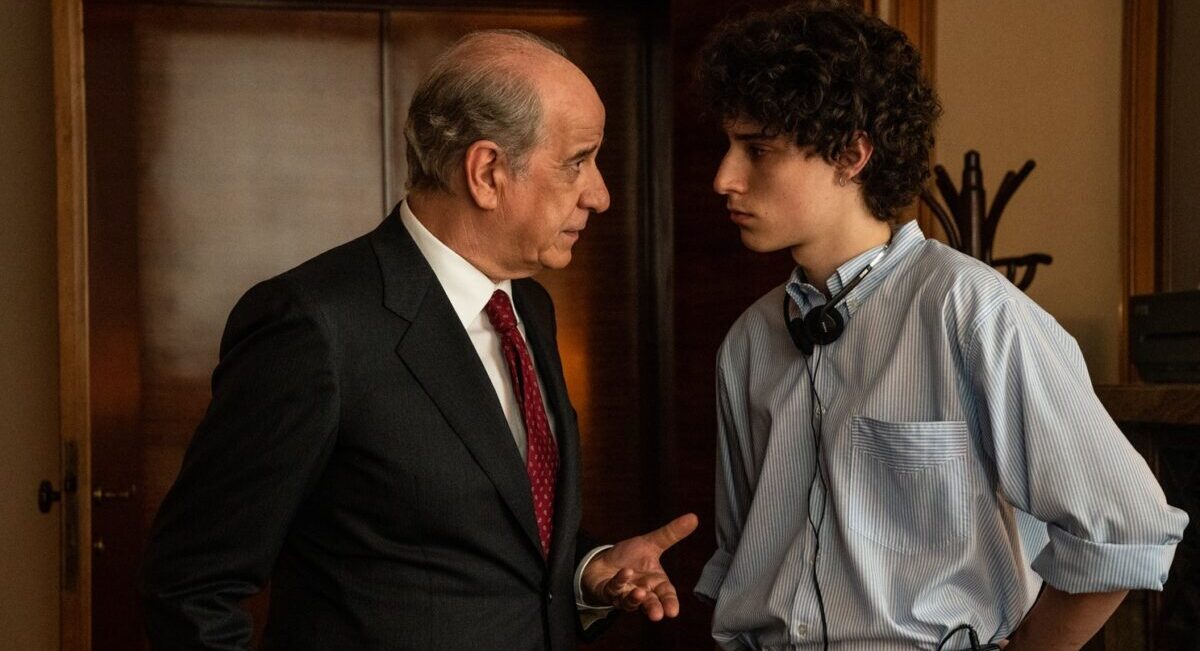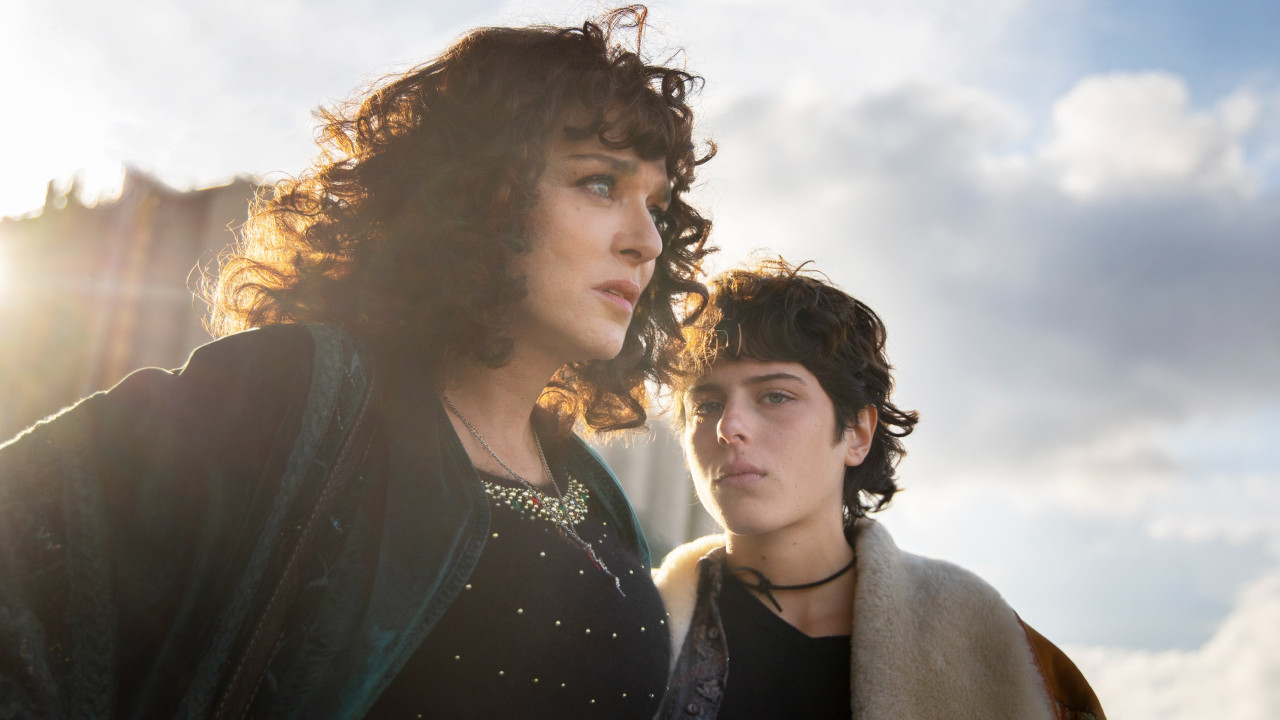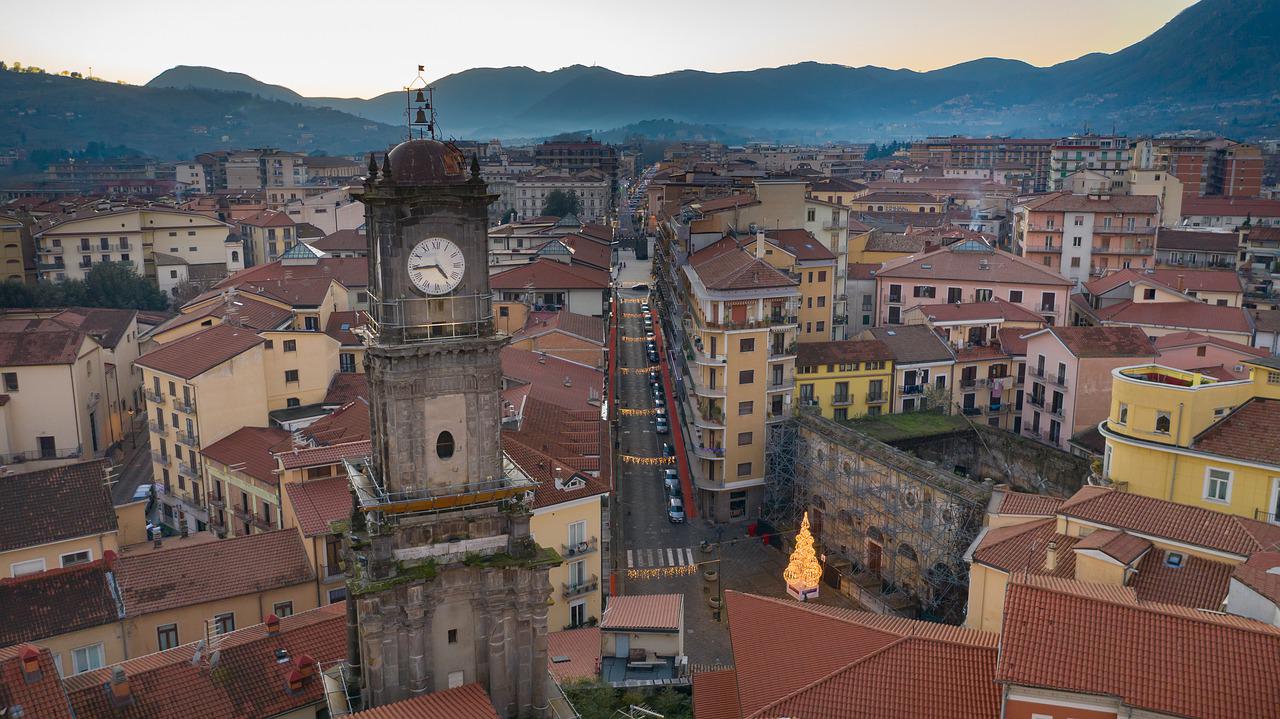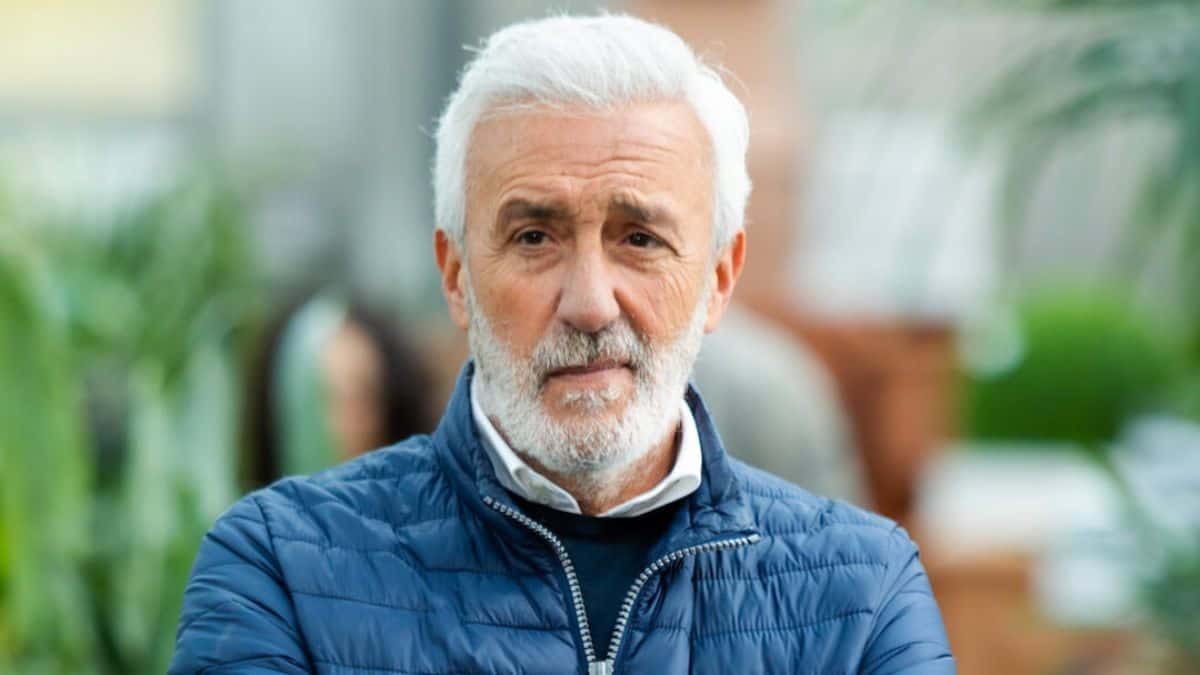For a couple of days it has finally been released on the Netflix platform the new anticipated film by Paolo Sorrentino, "It was the hand of God“, Which from November 24 until a few days ago it was only possible to see at the cinema.
Thanks to Netflix, it has now entered many houses and those who were anxiously waiting have finally been able to discover every detail of this practically autobiographical film, which tells us an important and intense cross-section of the director's teenage life in his Naples.
Yes, because the film is shot almost entirely in Naples and Sorrentino after about 20 years he returned to his beloved hometown, in the places of his childhood and adolescence.
The refinement of Sorrentino's images and aesthetics
The photography of Sorrentino's film is truly refined and elegant, starting from long initial sequence shot (ie a long scene shot by the camera without ever interruptions, practically with a single shot) that starts in the distance from the seafront and then approach it with elegance and skill.
Not only the shots of the city and the glimpses of the Sorrento peninsula conquer the eye, but also the interior scenes between family members and acquaintances and that set in areas that are also little known to the general public, in addition to more dreamlike places. All in his typical style that sometimes leads to the grotesque, but which always boils down to a great final balance.
La talented director of photography is Daria D'Antonio.
The intensity of an autobiographical film
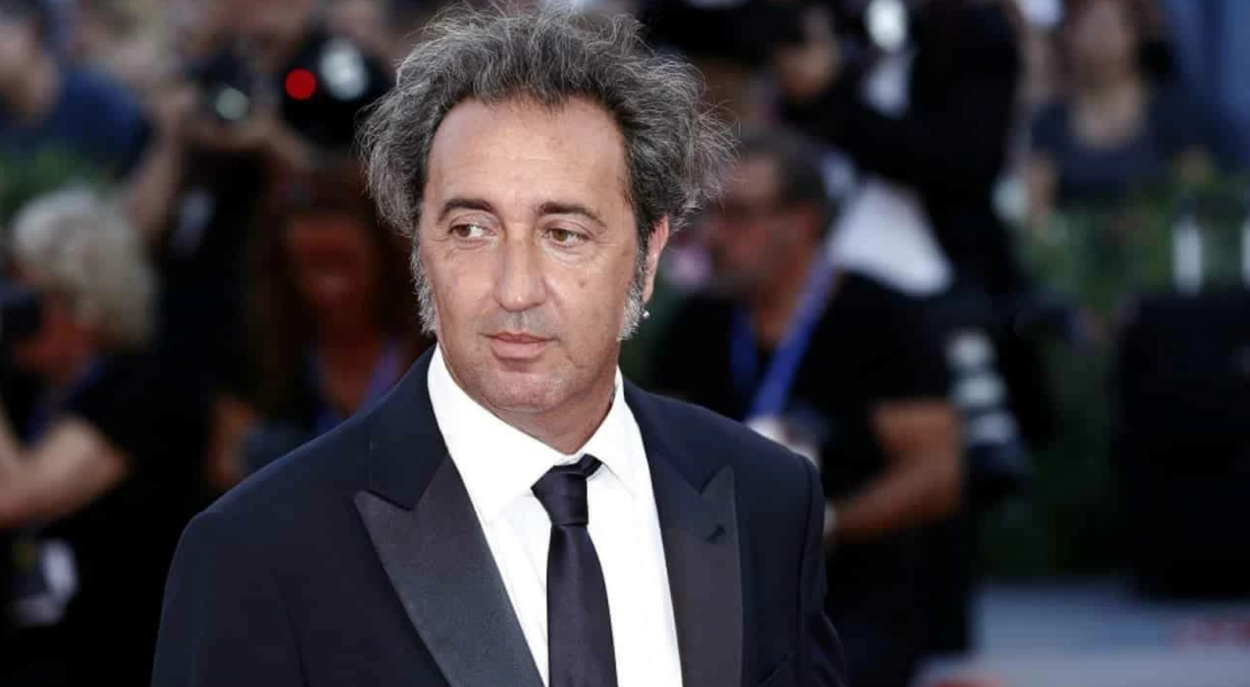
What is striking about this film is theautobiographical intent of Paolo Sorrentino. For the first time there shows the most dramatic and difficult moment of his life, which happened in adolescence: the loss of parents. Those who follow the director know that he is an orphan, but he himself had never told the spectators so deeply and he decided to do it at the age of 50, having already consolidated its success with other films.
Through the story of the protagonist Fabietto, an insecure and taciturn 17-year-old boy, Sorrentino talks to us about himself and enormous difficulties to decide on his life after that tragic situation.
We do not want to spoil for those who have not seen the film, but we can tell you that the relationship with parents and other relatives, with strange neighbors and with the director Antonio Capuano, were decisive for his professional growth as well.
A film permeated by Maradona
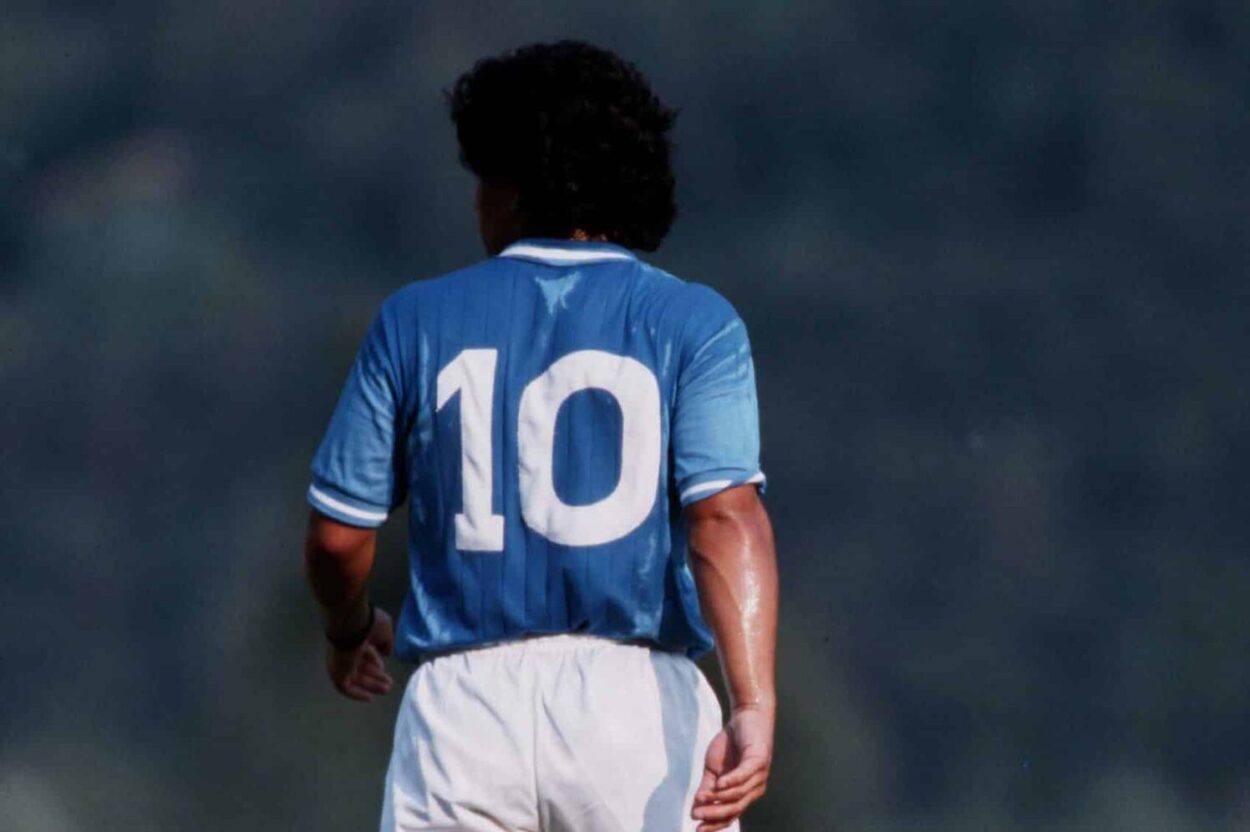
As can also be seen from the title, which refers to the nickname given to Maradona on the occasion of his goal against England at the 86 World Cup, almost the entire film has as a background the fundamental presence of Diego in the life of di Fabietto / Sorrentino.
The strong hope of his arrival from Barcelona, the actual arrival in Naples changing the history and the mood of a people and that "Hand of God" which in a certain way saved Fabietto's life these are all decisive details in the film.
The tribute to Fellini: the casting in Naples
You know, Paolo Sorrentino is a great admirer of the director Federico Fellini and there are many tributes to the director, even if only in his aesthetics, which can be seen in his latest films
In It Was the Hand of God, Sorrentino pays an even more special tribute: as mentioned during an interview, Fellini in Sorrentino's adolescent years he came to Naples to look for extras for one of his films, doing auditions. The episode, therefore, really happened and Sorrentino himself said:
Fellini believed that in Naples there were ancient and strange faces and he often came here to make auditions. My brother showed up at one of these castings.
In fact, in the film we see his brother Marchino showing up, but without great success. Observing from a half-closed door, Fabietto is entranced by the photos of beautiful actresses that Fellini's assistants hung on the wall to be able to choose who to play.
The island of Eduardo: a reference known above all to the Neapolitans
As perhaps not everyone knows, in 1947 the great Eduardo De Filippo bought a small island,Isca Island, in the Crapolla Fjord, a fraction of Massa Lubrense. During the bath in the sea of Fabietto's family, right in the waters of Massa Lubrense, the father played by Toni Servillo, talks to his wife about this "island of Eduardo". And this is the reference.
The islet it can only be reached by boat and the protagonists arrive with their boat in that area.
Currently the islet is no longer owned by the De Filippo family because Eduardo's heirs sold it to the Antica Sartoria company.
'O munaciello
We all know in Naples' or munaciello, a legend, a myth, a little one child monka mysterious figure, which is said to sneak into homes to leave money or to make it disappear, depending on the occasion. A figure, this, that he appears twice in the film and it is an important symbol.
At the beginning, when he is seen by his aunt Patrizia, who has psychiatric problems, and also at the end (we do not reveal on what occasion). The munaciello is sometimes considered a benefactor, sometimes spiteful and there are those who believe in it and those who do not. In a way, he also gives the protagonist strength and hope to continue.
The places in Naples where the film was shot and in Sorrentino's life
Fabietto lives in an apartment in Vomero right in the building where Sorrentino himself declared he had lived for 37 years, from birth. So it is one of the most present locations in the film, but the places in Naples present are many, let's see them a little together.
Vomero is Sorrentino's real home
As mentioned, the protagonist's apartment is in Vomero, precisely in Via San Domenico. In fact, the house in the film is on the upper level of the one in which the director lived for many years. In this condominium his family for many years.
The Umberto I Gallery
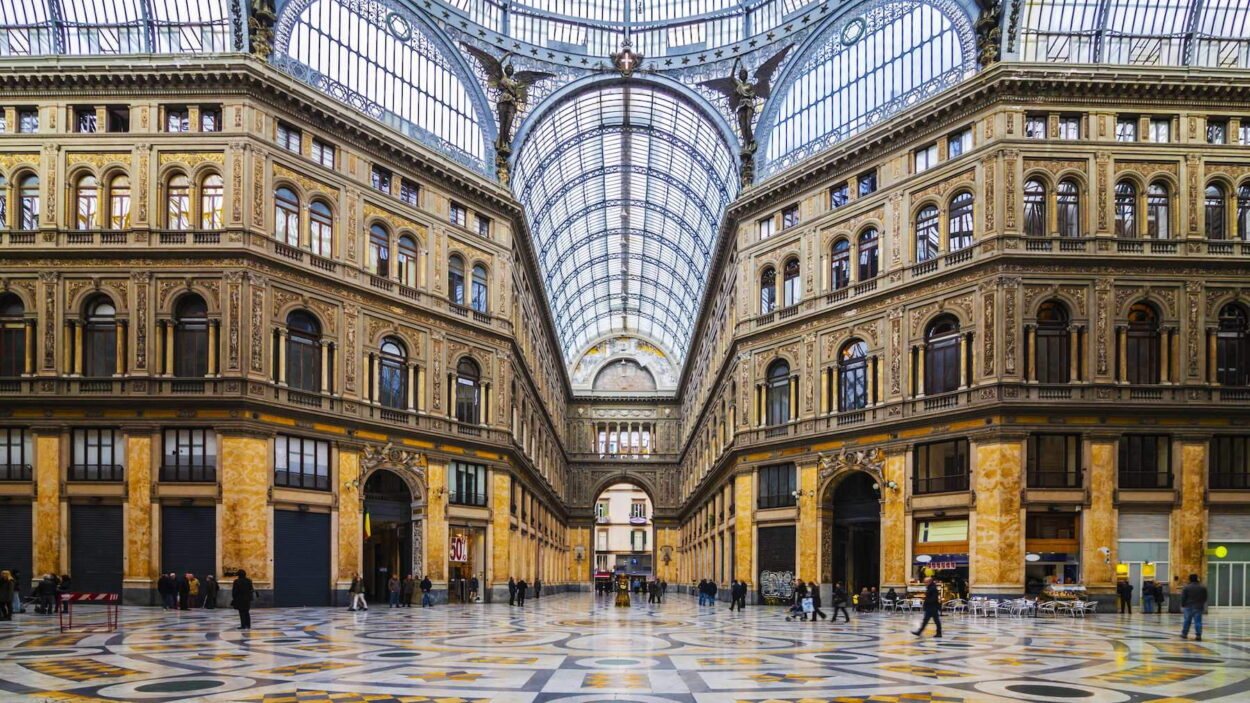
The famous shopping mall located in via Toledo is one of the fundamental places for Fabio's life because here meets the director Capuano to whom he will confide his passions and his hopes of making a career in cinema. Here you can also admire the prove of a particular theatrical piece that will inspire him.
Piazza del Plebiscito
Right in one of the opening scenes of the film we see Piazza del Plebiscito as it was in the 80 years, that is, not yet closed to traffic and really full of cars and traffic. In this location, at night, the meeting between Fabietto's aunt and even San Gennaro takes place.
The Mirabilis Pool
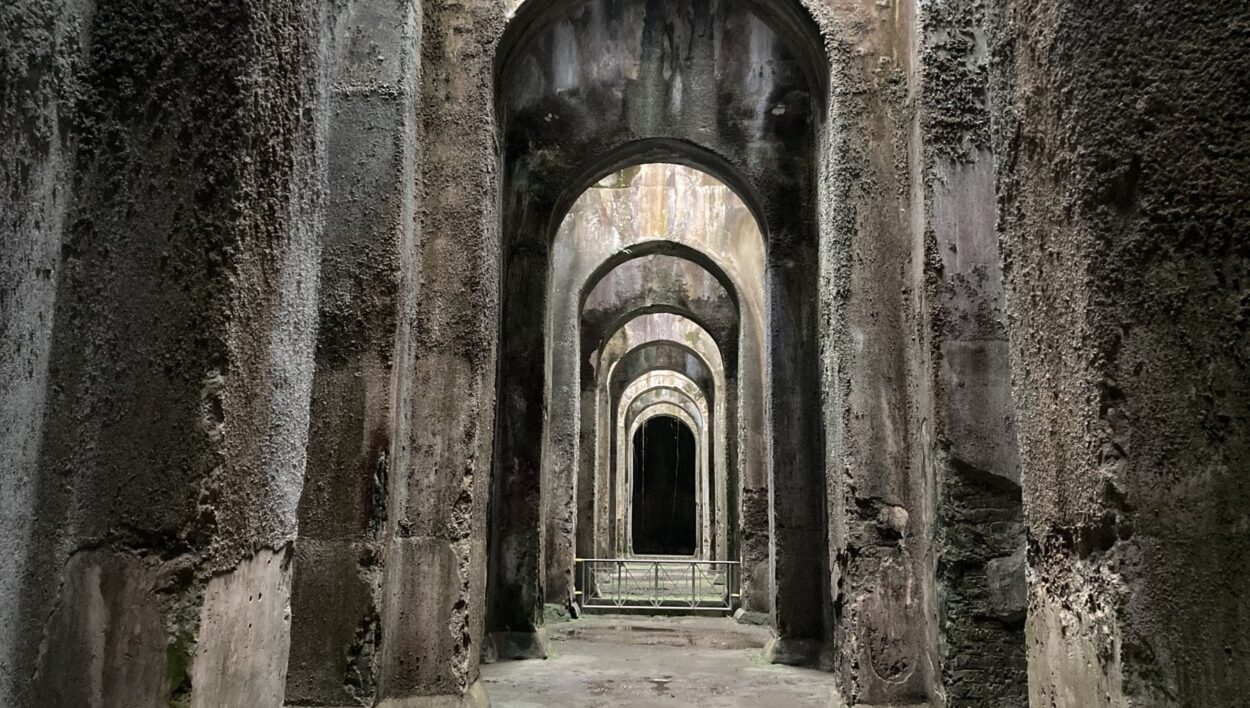
In this beautiful historical and archaeological site of the Phlegraean Fields one of the most representative final scenes of the film takes place: the meeting and the exchange of intense jokes between Fabietto and the director Antonio Capuano in a night of confessions.
The San Paolo Stadium, today Maradona
The then San Paolo Stadium in Fuorigrotta appears in some scenes. Temple of football and Maradona, an almost spiritual destination for the protagonist. It is reproduced with the computer graphics since in the 80s the structure was slightly different from today.
The Piazzetta of Capri
The famous Piazzetta di Capri is Fabietto's night destination with a new acquaintance, a smuggler, who takes him to have fun on the island, except to discover the desolation of that night. Despite the closure of all the premises, however, the two boys they even meet the richest man in the world, Kashoggi, with a vulgar escort.
The Sorrento Peninsula: Vico Equense and Massa Lubrense
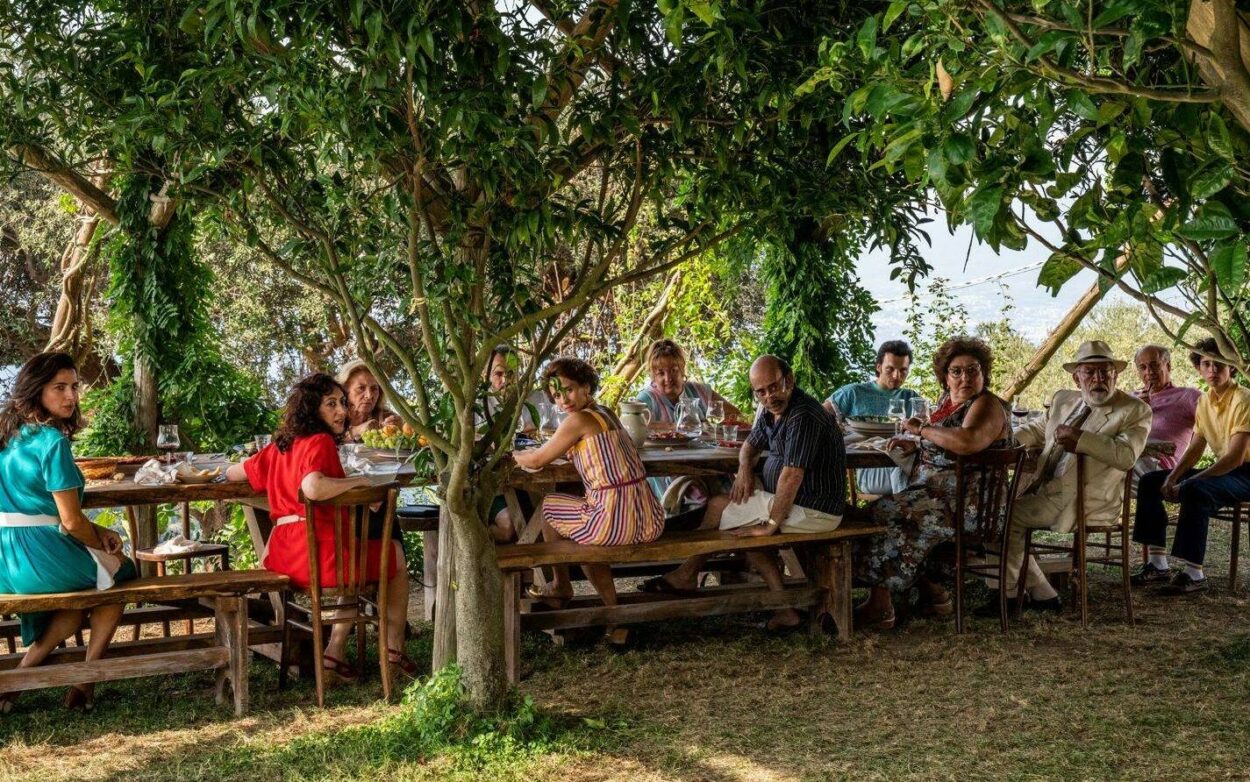
Villa Giusso Astapiana in Vico Equense is the big one villa where the whole family of Fabio and his parents he spends a carefree day between lunch and baths. Instead, theiconic scene where everyone is sitting on a boat was turned to Massa Lubrense in its splendid sea. It is here that Fabio sees the smugglers, including the boy who will become his friend and who will take him to Capri, escape from the Guardia di Finanza by motorboat.
As mentioned in a previous paragraph, it is in these waters that theislet bought by Eduardo.
Roccaraso
The scenes in the mountains, where the parents buy the second house for the winter holidays and go skiing, were shot in Roccaraso and Castel di Sangro. They represent the places in Roccaraso where Sorrentino's parents actually spent a few days before the tragedy.
Stromboli

Even some places and the sea of Stromboli, as well as the homonymous volcano, appear in the film during a sad holiday made by Fabio and his brother after the death of their parents. In this location Fabio understands that he has "grown up" and separates from his brother looking for his own way, now alone in the world.
The Formia station
The final scene shows us the Formia station where the train on which Fabietto is makes a stop on the way to Rome. The protagonist tries to find himself by leaving Naples and chasing his dream.
The Oscar nomination
Recall that Sorrentino's film was nominee for the next 2022 Oscars, representing Italy. The director has already won one of the prestigious statuettes with The Great Beauty.

